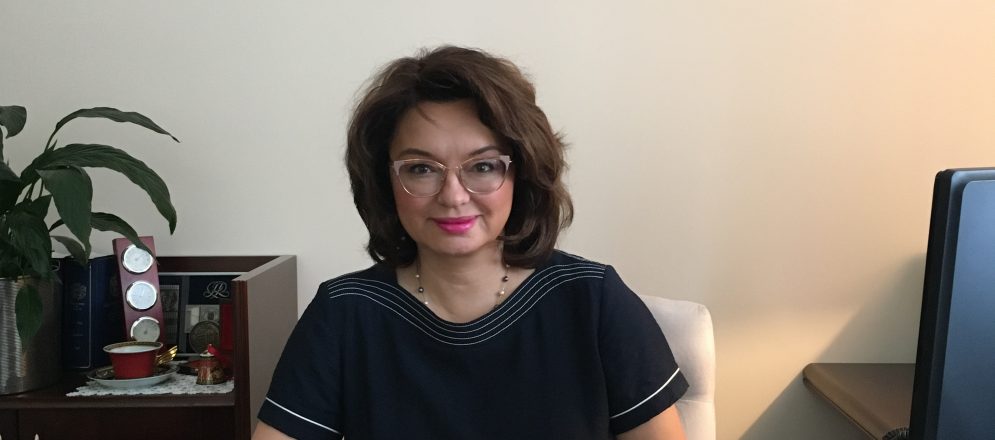
Bank of Good Teaching Practices – Online Teaching
Bank of Good Teaching Practices – Online Teaching
COVID-19 pandemic posed many challenges in the field of education. Traditional learning methods have been largely replaced by online teaching. This relatively new method of teaching requires new approaches to achieve the desired learning objectives. Bank of Good Teaching Practises – Online Teaching is a list of solutions suggested by both educators and students to improve the quality of online teaching. The ideas were collected by Professor Aneta Nitsch-Osuch, a Deputy Dean for Curriculum and Quality of Teaching and are listed below. I am sure they will be helpful for all of us.
With warm regards
Jacek Sienko
Good teaching practice |
Benefits indicated by students |
|
Providing consultation with the teacher, |
Showing students the time and place where, |
|
Earlier (before the classes start ) contact |
It enables the solution of some organizational problems, which facilitates the smooth conduct of classes, it is possible, for example, to divide into exercise groups at this time; It helps to provide information to students on the timetable (including breaks), including their topics (students can prepare for classes in advance, read the materials). It enables the discussion of the rules of crediting, including the proposed date of credit, rules of conduct in emergency situations (fortuitous events) |
|
Providing interactivity between the teacher |
Asking questions addressed to particular students during simultaneous classes, preparation of quizzes and questionnaires, tasks for students – to be solved and completed during classes. Answering students’ questions via chat (in case of simultaneous classes) and by e-mail or during contact consultations (in case of asynchronous classes) |
|
Analyzing clinical cases during on-line classes |
The preferred form of online exercises, allows students to discuss symptomatology, differential diagnosis, prevention and treatment plan with the participation of students, reflect the realities and possibilities of working in primary care, specialist outpatient clinics, hospital wards with various levels of referentiality, Hospital Emergency Department; students are encouraged to spontaneously propose solutions in a given clinical case (case-based learning), incorrect answers are corrected and explained. |
|
Enabling contact with the patient during |
It enables the improvement of interview; it enables observations of the physical examination and additional examinations being carried out – necessarily with the commentary of the teacher; It helps to conduct a psychiatric examination. |
|
Classes in the Medical Simulation Center |
It enables the acquisition of basic practical skills, in compliance with the principles of epidemiological safety |
|
Use of external e-learning platforms |
The use of film materials (prepared by the departments or from, for example, the Incision Academy, Lecturio platform) allows you to familiarize yourself with the course of selected treatments and medical procedures, the rules of conducting a physical examination – it is necessary to provide the teacher’s comments on an ongoing basis during classes. |
|
Making internal surveys in departments |
It makes it possible to obtain information on the comments and expectations regarding the classes on an ongoing basis |
|
Conducting internal classes observations in departments |
Class observations are carried out by the head of the department or a person designated by him from among teachers from a given department, which allows for quick identification of strengths and weaknesses of the classes, and enables ongoing evaluation of teachers. |
